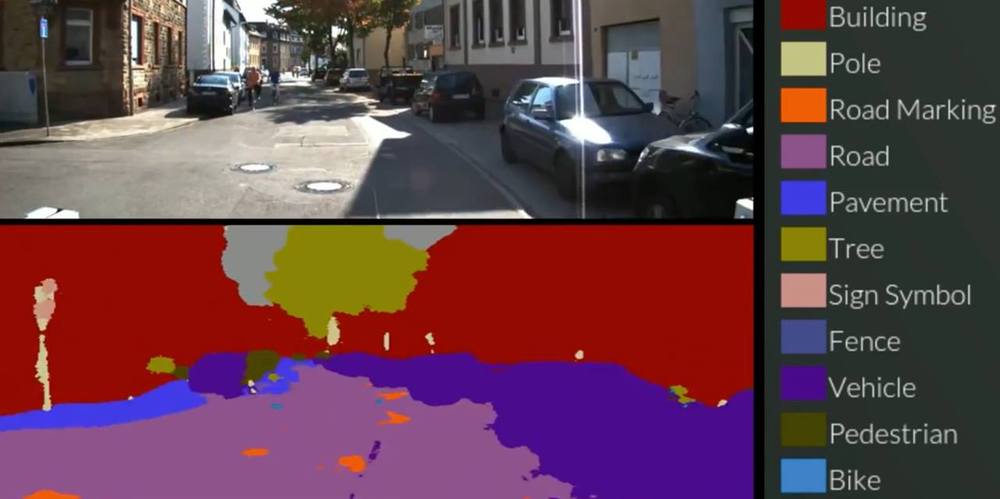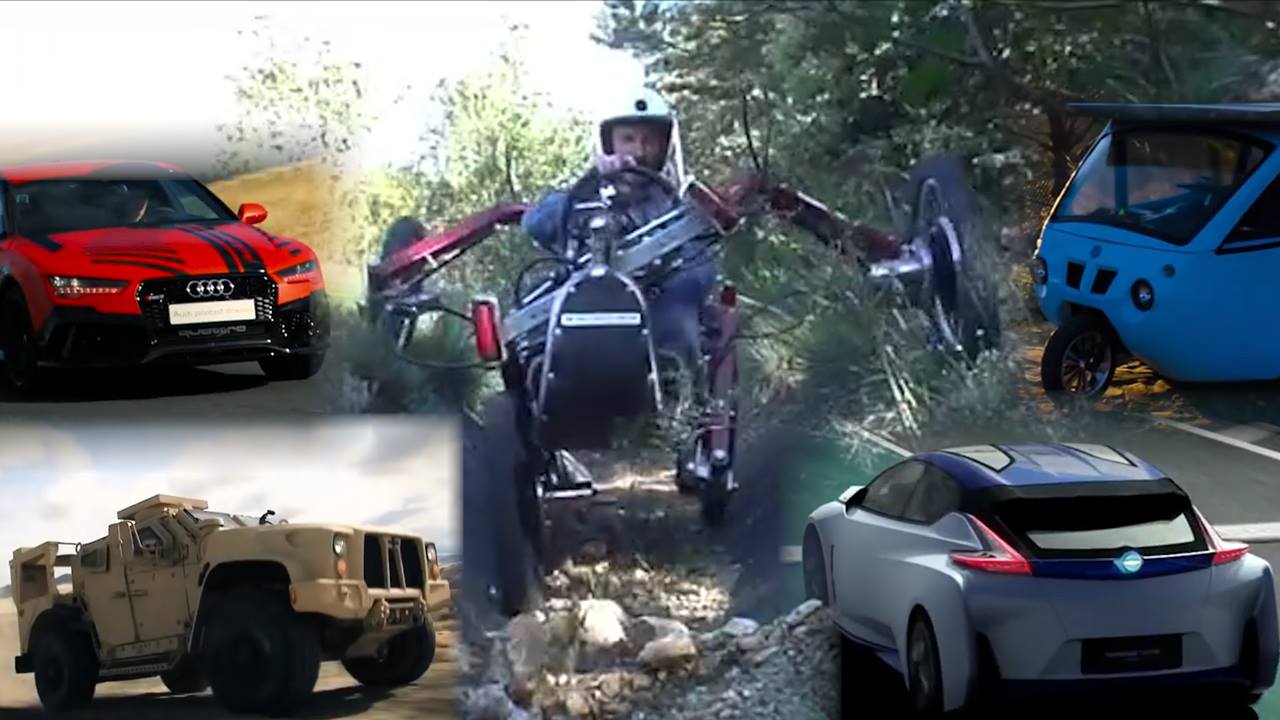Dec 24, 2015
Writing a New Language of Storytelling with Virtual Reality | Andreessen Horowitz
Posted by Odette Bohr Dienel in categories: hardware, innovation, media & arts, software, virtual reality


Watch 10 of the year’s biggest scientific breakthroughs in less than 5 minutes.
More info: http://scim.ag/22b5Uym
Discover & Share this World GIF with everyone you know. GIPHY is how you search, share, discover, and create GIFs.

On Ideapod: https://www.ideapod.com/idea/How-Universal-Basic-Income-will…24128040f8
On Change.is: http://change.is/video/how-universal-basic-income-will-trans…experience
Source: Jason Silva — IBM Insight 2015 — theCUBE — #ibminsight
https://www.youtube.com/watch?v=7VgfcfQv_TE
Continue reading “How Universal Basic Income will Transform Human Experience” »

Segnet
Ever wonder how exactly cars are learning to drive themselves? Well, here’s how: http://voc.tv/1P6L9zh

From autonomous cars to see-through semi trucks, car technology innovated at blazing speeds this year. http://voc.tv/1P6L9zh

Peter Thiel, Paypal founder and Facebook angel investor, explains in a beautiful 1-minute video the true purpose of our lives: to proactively fight aging and defeat death:
“The problem that I remain the most passionate about…fighting and aging and death… There is nothing more natural than for us to fight death.”
A machine prototype called Farma can let you manufacture your daily prescription of drugs right in your own home. Designed by MIT Media Lab graduate Will Patrick, the concept tech features a green cylinder and uses blue-green algae that’s genetically engineered to produce pharmaceutical drugs.
In the future, you might be able to skip the pharmacy and, instead, make your treatments along with your morning breakfast.
Color-coded heatmap of gradient of expression of the M1 gene network, spanning fetal development to late adulthood and expressed in distinct cortical regions (listed on right, such as primary somatosensory cortex, S1C). Most of the genes in this network express in cortical regions (indicated by red), except for the V1C (primary visual cortex), STR (striatum), CBC (cerebellar cortex), and MD (mediodorsal nucleus of thalamus) brain areas. (credit: Michael R. Johnson et al./Nature Neuroscience)
Scientists from Imperial College London have identified two clusters (“gene networks”) of genes that are linked to human intelligence. Called M1 and M3, these gene networks appear to influence cognitive function, which includes memory, attention, processing speed and reasoning.
Importantly, the scientists have discovered that these two networks are likely to be under the control of master regulator switches. The researcher want to identify those switches and see if they can manipulate them, and ultimately find out if this knowledge of gene networks could allow for boosting cognitive function.